Clover as a siderat
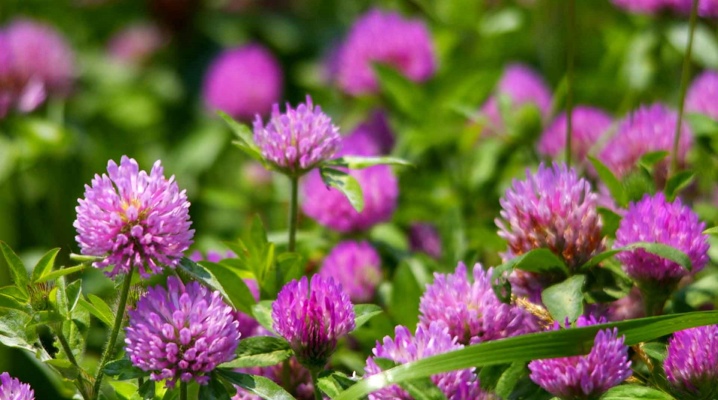
Siderates or green fertilizers are usually called plants that are grown for the purpose of their further embedding in the ground. They improve the structure of the soil, enrich it with nitrogen and inhibit the growth of weeds. Clover is one of the most inexpensive and popular siderates.

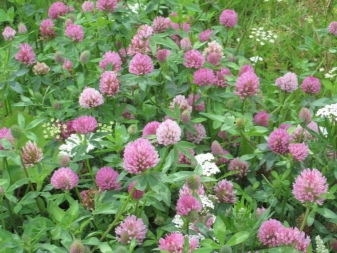
Advantages and disadvantages
Clover belongs to the plant genus of the legume family. As a siderat, it has many advantages.
- On the roots of clover there are special nodules, inside of which unique bacteria settle. These microorganisms can absorb nitrogen from the air, which is contained in the soil, and give it to plants.
- Clover roots drain and loosen the soil, cultivate clay soil, making it permeable to water and air.
- This plant enhances the adhesion of soil particles. It can be planted on almost all soils, even sandy ones, as well as on hilly slopes.
- When clover grows, dense sod is formed, which is of great importance for protecting the soil from winter frosts and summer droughts. This soil is not washed out by rainstorms.
- Good weed control.
- Discharge from the roots of clover can repel and destroy pests. For example, a wireworm dangerous for potatoes.
- This plant is a good honey plant. It attracts insects that pollinate nearby crops.

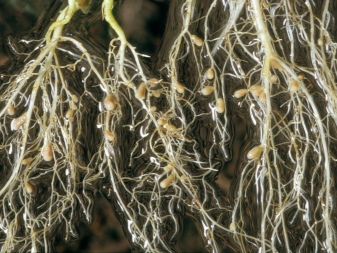
Some features can be attributed to disadvantages.
- Clover development is a long process. It takes many years for the plant to be effectively used as a green manure.
- Does not tolerate acidic and salty soils, as well as too moist soil.
- Clover is prone to overgrowth. After greening, the growth of the main plant may stop.
- In the damp places that this plant prefers, slugs and snails live, which can harm the surrounding crops.

Views
According to the color of clover flowers, 3 main groups can be distinguished.
- Red. This is a meadow plant growing up to 20-50 cm. It has a rising stem and trifoliate leaves. Inflorescences are capitate, pink-red, friable. The fruits are formed in September - these are single-seeded beans. Red clover gives 4 times more mass than white and pink clover, but it should grow on green manure for at least 2-3 years.
- White (white porridge). It has a strong taproot system. It has a creeping stem, which takes root in the nodes, the leaves are tripartite, located on elongated roots up to 32 cm long. The flower heads are in the form of a ball, white or white-pink. At the end of June, fruits ripen in the form of flat beans with 3-4 orange seeds in each. To carry out sideration, it needs to be grown for about 20 years.
- Pink. Hybrid species up to 83 cm high. Shoots are tubular, leaves are obovate or oval in shape. The inflorescences are terry and dense, in spring they are light pink, in summer they acquire a brown hue. Flat, oblong fruits ripen in late summer or early autumn.
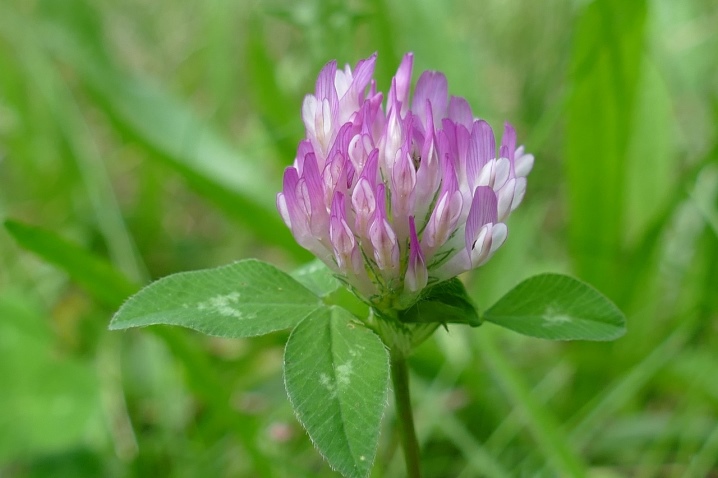
What crops is it used for?
Clover will be a good precursor for those garden plants and vegetables that require nitrogen in the soil. These include cucumbers, eggplants, cabbage, tomatoes, strawberries, potatoes, pumpkin. When using green manure, there is no need to apply organic fertilizers. It is important to know that vegetables should be planted no earlier than three weeks after cutting. It is recommended to plant legumes at least 4 years after clover stops growing.
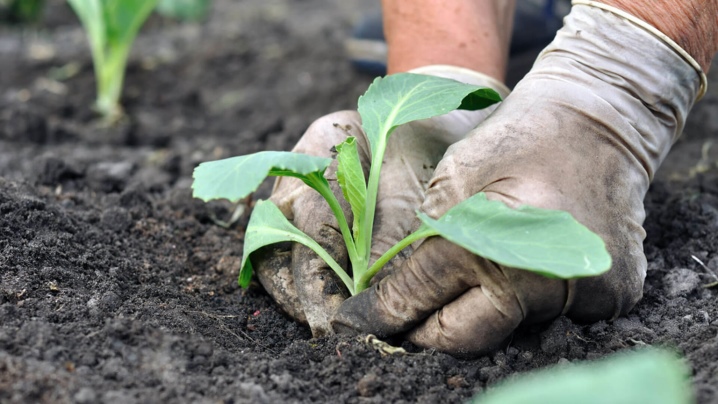
Landing rules
You can sow clover at any warm season. In autumn, the seeds should be planted in soil, the temperature of which is below +15 degrees Celsius. In warm soil, they will quickly sprout and can die in frost. Seeds planted in summer require regular soil moisture.
Before the planting process, the seeds should be soaked for 12 hours in water at room temperature or in a weak solution of potassium permanganate. Then they must be well dried so that they do not stick together. Immediately before sowing, the seeds must be mixed in equal proportions with dry humus and sand.
Red clover is best planted in early spring because its young shoots prefer low temperatures. Before planting, it will be useful to add manure and lime fertilizers to the ground if the soil is acidic. Sowing should be in moist soil 2 cm deep, you can evenly scatter the seeds or place them in grooves at a distance of 15 cm from one another. After the planting process, the soil can be lightly rolled, this will improve the adhesion of the seeds to the ground. The sprouts will appear in about 5 days.
White clover can be planted as either seed or seedlings. Plants of this color perfectly strengthen the slopes.
It is recommended to mix the seeds with an equal amount of river sand before planting. Better not to plant in early spring. The planting site must be well cleared of weeds so that young plants develop successfully.
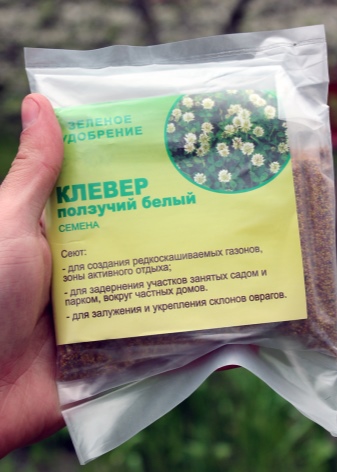

Care Tips
In order to properly grow clover, which will become a full-fledged green manure, you should follow the recommendations of specialists.
- To feed young plants, it is necessary to apply liquid manure. The mullein is diluted with water 1: 2 and put to ferment, covered with a film, for several days. Then the mixture is diluted with water in a ratio of 1: 5 and watering is carried out.
- Lime fertilizers not only reduce the acidity of the soil and make it breathable, they contain the calcium necessary for clover.
- It is better to water young plants with a hose with a fine mesh nozzle.
- It is recommended to feed clover plantings with mineral fertilizers 1-2 times per season. Nitrogen fertilizers are used in the spring and after cutting. Phosphorus-potassium - once a season, starting from the second year of growth, they form healthy roots and increase the plant's resistance to frost.
- Do not forget to loosen the soil and weed out in a timely manner.
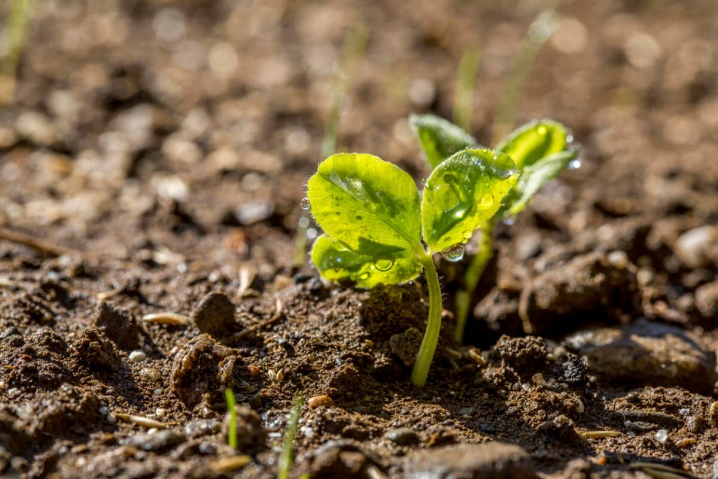
Timing of mowing
You need to mow any clover like a siderat no earlier than after 2 years of growth. Mowing (especially of plants with red flowers) should be done several times per season. It is recommended to mow the first time during bud formation in July, when the plant height is about 10 cm. During this period, clover is most rich in nitrogen, which is valuable for other crops.
At the last mowing in autumn, they are guided by the fact that before the cold weather the clover grows aboveground shoots. If sowing is done in August, the clover is not mowed, leaving until spring. Then, in April-May, they mow at the root and plant vegetables.
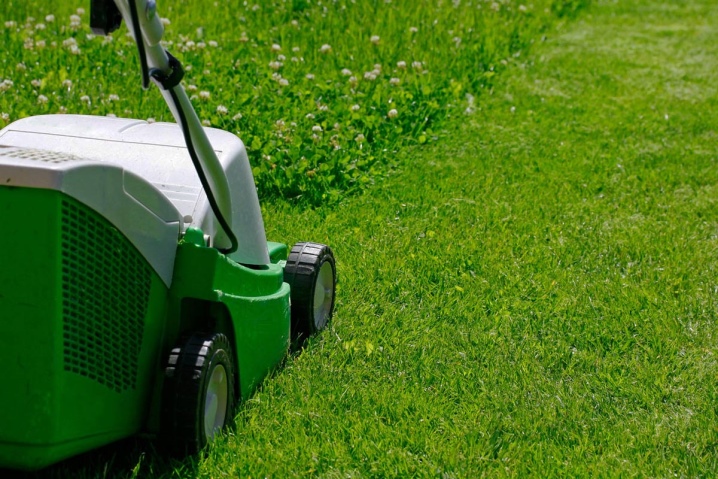
For white clover as a siderat, see the next video.













The comment was sent successfully.